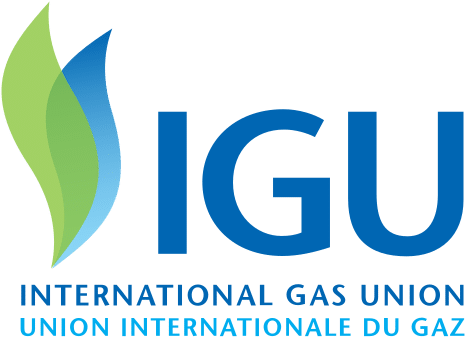During 26th-28th of August 2024, Andrea Stegher – IGU Vice President – has held a series of high-level meetings facilitated by Pål Rasmussen of Gassco, with representatives of Norway’s IGU Charter and Premium Associate members, where matters related to the current status-quo and the future of the gas industry were discussed.
In addition to these executive-level meetings, as highlighted below, Mr Stegher has also attended the official launch of IGU’s 2024 Global Gas Report at the ONS in Stavanger.
During his meeting with Ms Kristin Kragseth, the CEO of Petoro (IGU Charter Member), Mr Stegher highlighted the long standing and fruitful relationship between Petoro and the IGU and the importance the association can and should play in promoting a better dialogue with policy makers and other relevant stakeholders to sustain the role of gas in all future scenarios.
During their meeting, Mr Frode Leversund, the CEO Gassco, and Mr Stegher debated the great opportunities coming from not only natural gas but also from low-carbon gases and technologies like CCS and the role of infrastructures in facilitating these developments.

IGU’s Vice President also had a series of meetings with the leadership of Equinor (IGU Premium Associate Member) where the importance of a more active IGU representation with relevant stakeholders, also in the European framework, were discussed, including the key findings of IGU’s newly launched 2024 Global Gas Report.
The launch of IGU’s 2024 Global Gas Report at ONS enjoyed the presence of a high number of media representatives accredited at the event, and the Report’s findings were received with great interest by the attendees.
In addition, IGU’s Vice President also met with Mr Demetrios Papathanasiou, Energy and Extractive Global Director at the World Bank, and the bilateral discussion held focussed on the role of gas in the energy trilemma and on the sustained actions the International Gas Union is taking to promote and advance the criticality of gas for a sustainable global energy transition.
Mr Stegher also engaged with Ms Laura Pinho, EU Director for Just Transition, Consumers, Energy Security, Efficiency and Innovation on the role of gases to better support a pragmatic energy transition coupled with improved security of supply.


